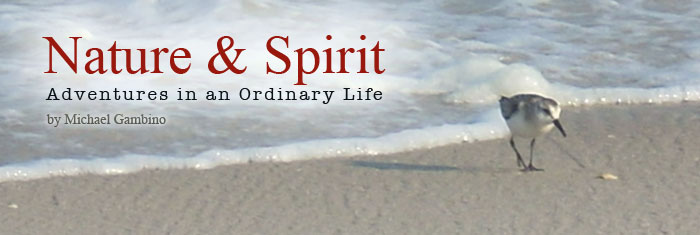Primitive Education
 Tuesday, November 2, 2010 at 11:00PM
Tuesday, November 2, 2010 at 11:00PM Before the invention of AP courses and SATs, before there were desks and blackboards and stuffy cinderblock buildings with their maze of hallways and rooms that give the impression of being a sort of ant-farm for humans, there was a proven educational method that served humanity well for many thousands of years.
Today, we have an educational system that is built on a limited and perilously rigid method of schooling that churns out partially-informed bipedal hominids ready to take up their stations in our corporate-machine world. As a society we obviously must continue to educate people to (hopefully) thrive within civilization's current construct, but there is a dimension of organic, critical learning that doesn't seem to be happening much anymore. Do we dare turn away from the ancestral wisdom of hundreds of thousands of years of intimacy with the natural world?
Common sense seems less common than ever in young people today. It is not necessarily their fault. People as a whole, are being dumbed down, and are tricked into thinking they are smarter because they can wield technology, crunch information, and chase fashions faster than their parents and grandparents – and always striving to look sexy doing it. Often, young people today do not recognize the value of their elders as repositories of important knowledge. Our parents, grandparents and other elders often convey important tid-bits of wisdom wrapped in a time-honored, natural way – the way of storytelling. This is painfully slow for most young people today. The Internet has stolen their attention and fostered a potentially dangerous impatience with the world. For many, there are only two speeds – fast and faster.
Nature is everyone's primary teacher. Parents (and/or other concerned adults and elders) are our primary life coaches. They have first-hand experience with many of life's challenges and adventures. How will future generations behave and what choices will they make? Much will depend on whether or not people remain truly grounded and informed by the kind of relationship they develop with the natural world. Viewing nature as entertainment alone does not cut it.
When it comes to teaching children what is important and how to make healthy choices in this world, parents and teachers are competing against a multitude of corporations whose prime objective is to turn them into obedient consumers above all else. While we can't escape the reality of our global society, we can offset some of its negative effects and steer ourselves towards a healthier, more balanced future by seeking nature's wisdom. It does require time and a commitment, but it is enjoyable at nearly every step, and many people have gone before us that can serve as guides. You can't even imagine what you will learn and experience when you become an apprentice to Nature.
Here is a link to short article that I wrote some years back about the benefits of learning from the "primitive" educational process – a holistic learning process with nature as the teacher. Enjoy!






